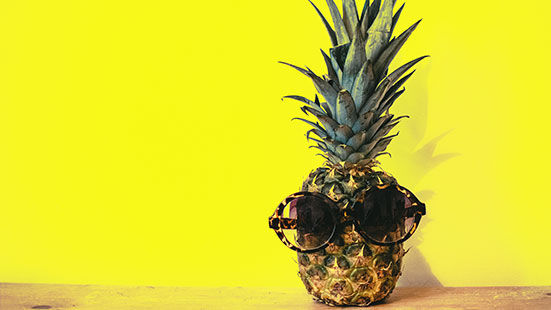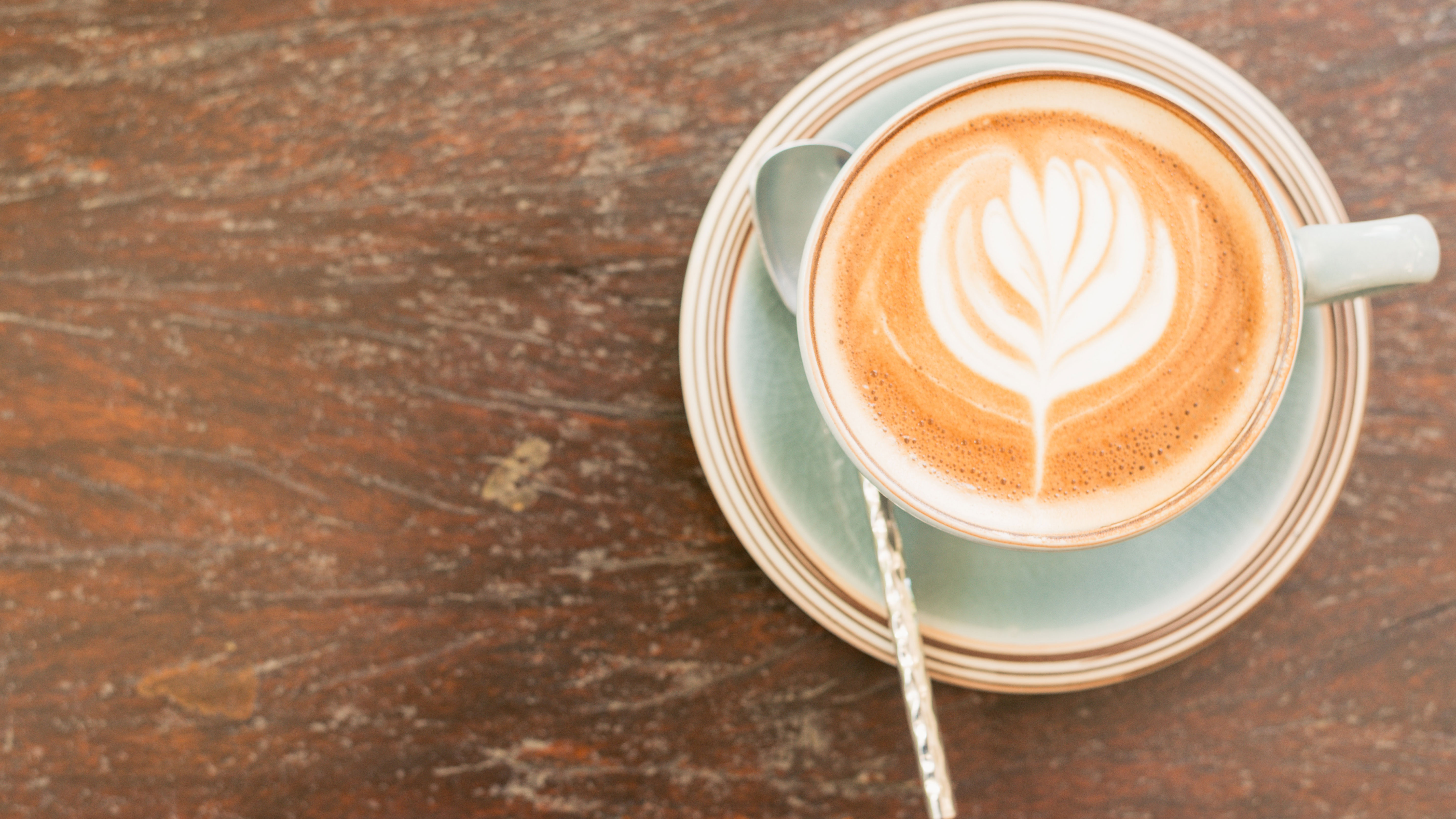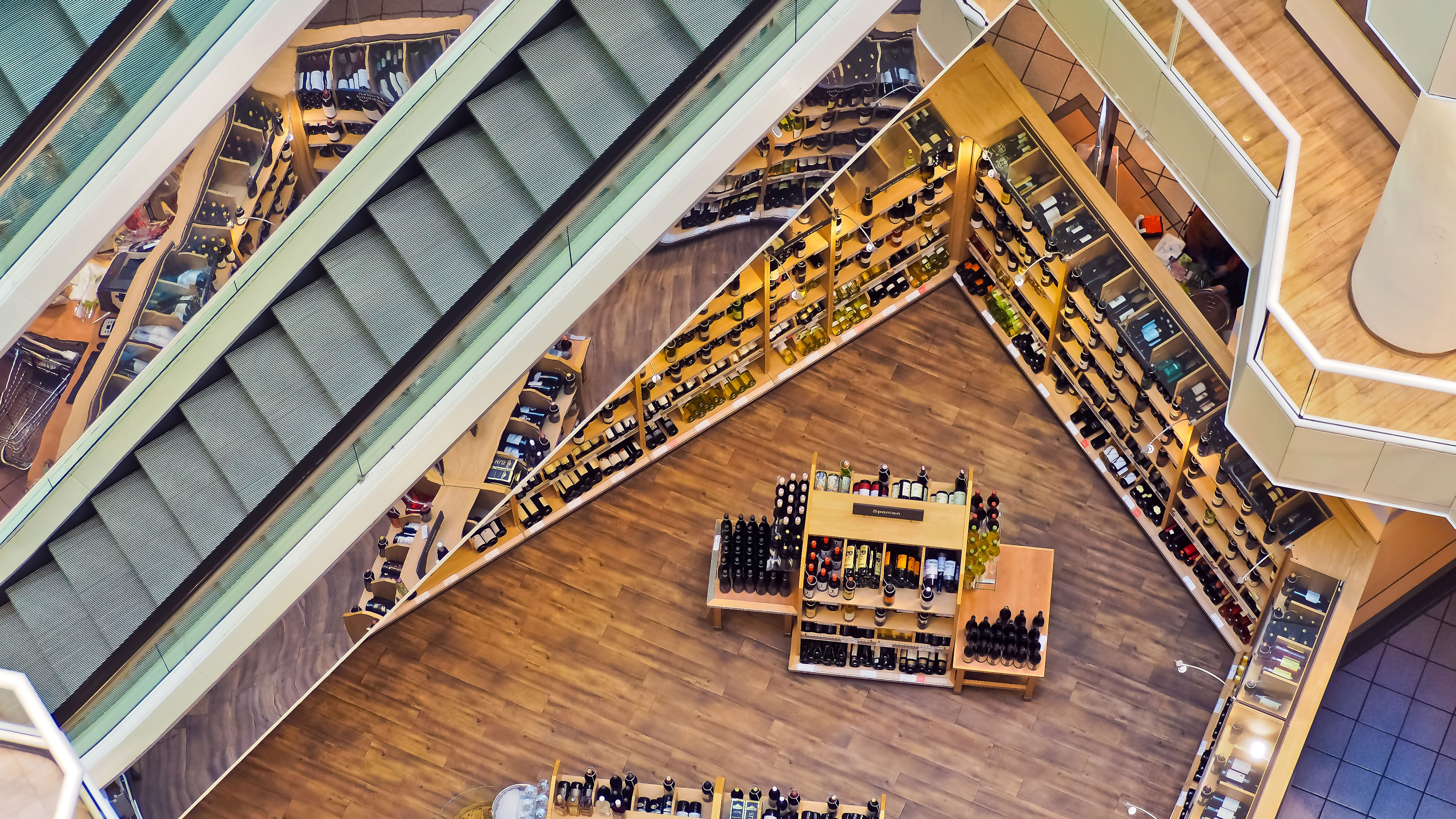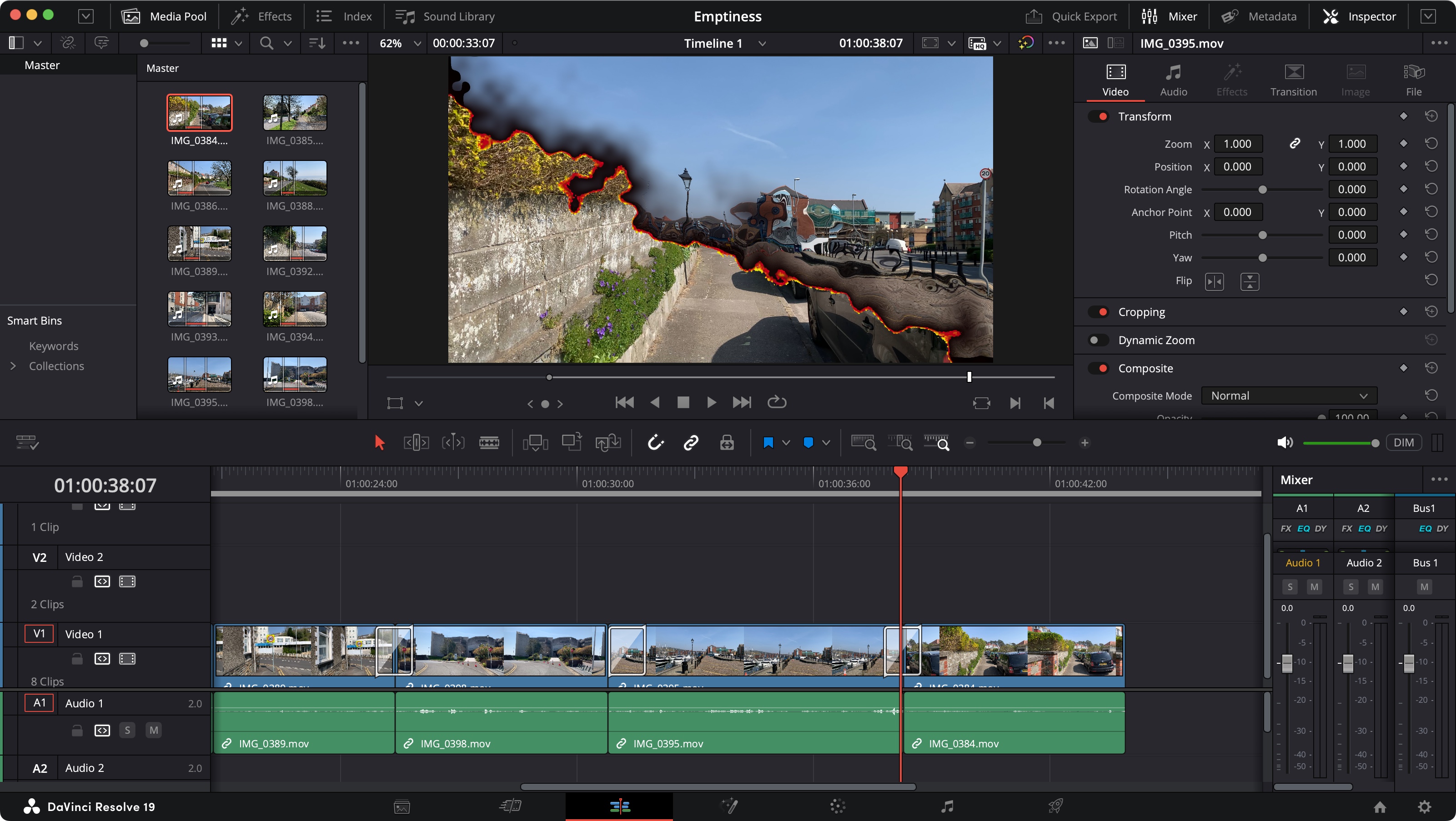10 reasons to be happy you're a designer
Designers have a lot of things to feel happy about. Here are 10 for starters.

When embarking on a design career, you're full of ambition and expectation. But once the humdrum of daily deadlines sets in, it's easy to forget why you decided to be one in the first place, let alone appreciate all the upsides of the job.
We're here to set that straight by reminding you of 10 reasons you should be happy to be a designer. It doesn't matter whether you specialise in print or web design; whether you make apps or physical products: these universal truths about the life and career of a designer will remind you of all the good things about your job.
So the next time you've got an impossible deadline, or you overhear someone saying their nephew can design a website or create one of the world's best logos for a fiver, keep these in mind. Your job rocks, and you should be happy about it!
01. You get paid for being creative
The most obvious reason to be happy you're a designer is that you get paid for being creative. Although sometimes design can be a procedural discipline, it does allow you to flex your creativity on an ongoing, daily basis.
02. You work in a constantly changing field
One of the very best things about the design world in general is that it's constantly evolving and redefining itself. Not only does the discipline itself mature, in terms of the media you'll find yourself working with, but you'll also see shifts in aesthetic approach and fashion over time.
This constant reinvention and willingness to try new ideas means designers are exciting people to be around. So lap it up! And if you're not sure exactly what's happening in the field right now, then don't miss our post on graphic design trends for 2019 or the typographic trends of 2019.
03. You influence the bottom line

As a designer you're often tasked with producing work that acts as the interface between a company and its customers. So whether you're working on a layout for a magazine, crafting a website or work in industrial design, you're the person who controls the user's experience.
Get the Creative Bloq Newsletter
Daily design news, reviews, how-tos and more, as picked by the editors.
This can have a substantial effect on a company's performance – think in terms of Jonny Ive at Apple, or the Dyson range of vacuum cleaners. It's an important and incredibly rewarding position to be in.
04. You can pick your projects and clients (well, eventually)
In the beginning, you have to accept every scrap of work that comes along. But once you have some experience under your belt, you should be able to manoeuvre yourself a position where you can start to pick and choose both your clients and projects.
This is an empowering and affirming place to find yourself, so if you're not there yet, it's something to look forward to. And if you are, be happy – you've made it!
If you're not quite getting the freelance clients you're after, then see our piece on 6 things to know about getting freelance clients.
05. Every day is different
A lot of jobs are 'Groundhog Day' treadmills that make you feel that every day is the same. For design, not so. In the main, every day brings new challenges, problems to solve and projects to get creative with. This constant supply of fresh requirements makes for an interesting and stimulating job. And if you do feel you're stuck in a rut, then check out our tips on ways to transform your creative thinking.
06. You can make a positive difference to the world

Your role as a designer doesn't need to be a purely commercial one. Your skills can also be directed towards altruistic ends, and have a dramatic impact on the world.A great example of this is the (RED) project, which donates money raised from branded products to HIV/AIDS programmes in Africa. As a designer, you're well placed to be able to contribute meaningfully.
For more on how you can make a difference, and not just through your work, see our post on 6 ways you can give back to the design community.
07. You get to see people interact with your work
As a designer you get to observe people interacting with your work regularly. And whether it's seeing someone lap up a book you typeset, or enjoy a website you designed, seeing your work in action on a daily basis can be both gratifying and motivating.
08. You can work flexible hours

This one mainly applies to freelance designers, but if you work for yourself, or even sometimes when you work on contract, you're able to choose when and where to work. This offers an excellent opportunity to strike a work-life balance that suits your circumstances and needs. And it also means that if you're a night owl and can work more effectively at 11pm than at 11am, you can incorporate this into your working routine.
09. You can create your own specialism
Regardless of the field of design you work in, there's always scope to develop and specialise within your area of expertise.
Some designers focus on a particular style or technical approach to work – by using specific materials, a vernacular approach or a limited palette. Others will look at specific skills such as typographical engineering or working with paper in 3D.
As a designer there's no limit to your ability to use your creativity to find your own unique style, approach and specialism.
10. You can find inspiration everywhere

Designers can find inspiration and ideas all around them. Whether it's a walk in the woods or a trip to the supermarket, you can find shapes, colours, type and imagery to inspire you everywhere you go. This ability to experience the world and draw it into your work is phenomenally rewarding, and also means you can justifiably claim that you're working while browsing Creative Bloq...
Related articles:

Thank you for reading 5 articles this month* Join now for unlimited access
Enjoy your first month for just £1 / $1 / €1
*Read 5 free articles per month without a subscription

Join now for unlimited access
Try first month for just £1 / $1 / €1

Sam is a designer and illustrator based in Scotland, UK. He splits his time between art and design, motion and video and writing for various creative titles. He has written a book about web design, Pro CSS3 Layout Techniques and contributed to typography book, Fonts and Typefaces Made Easy.
